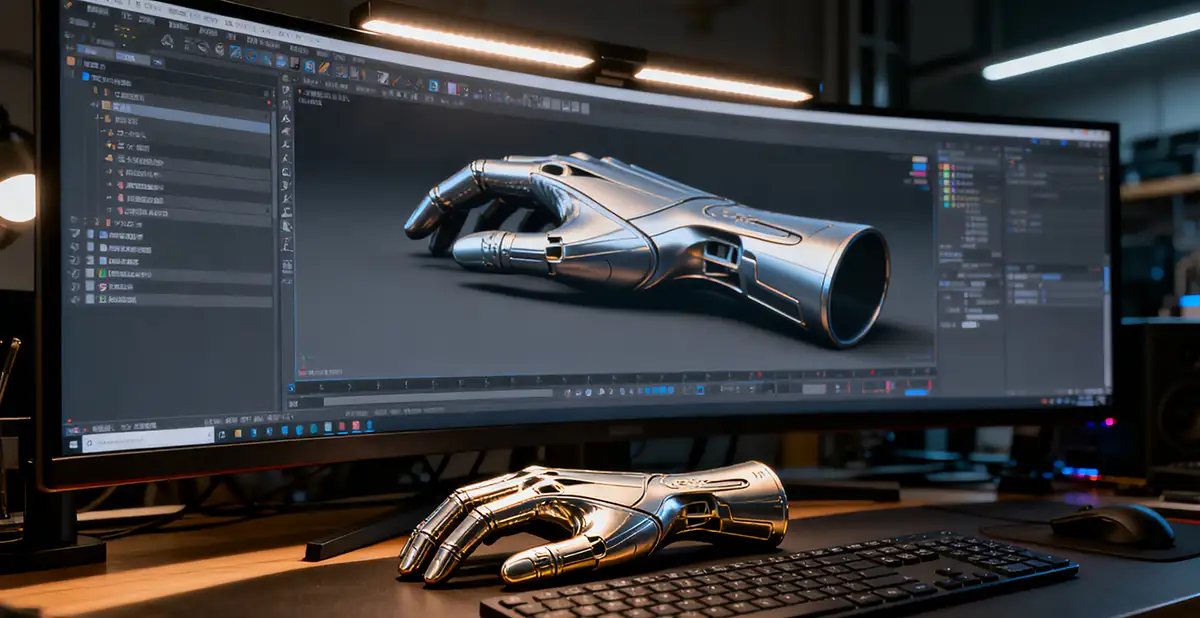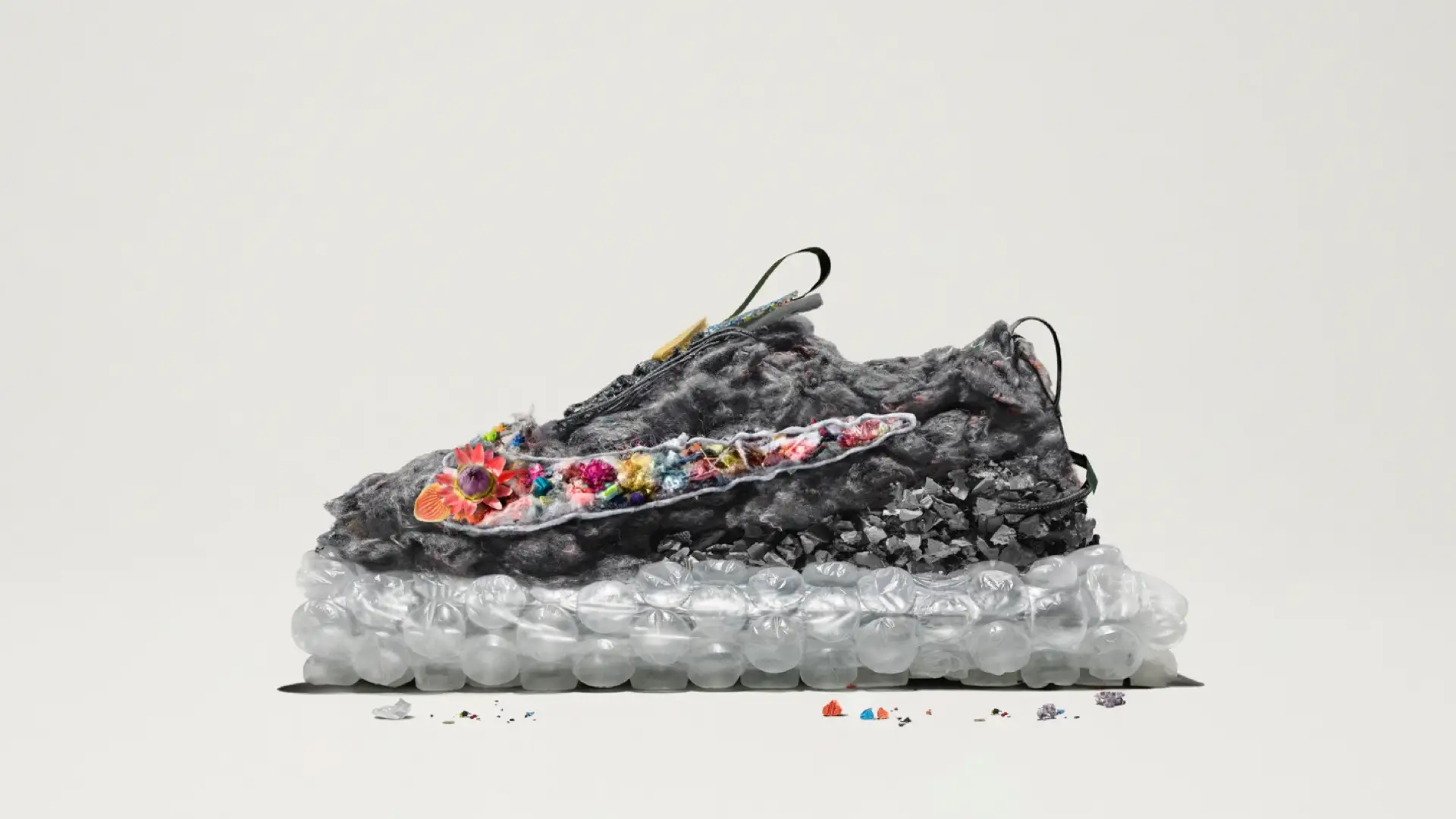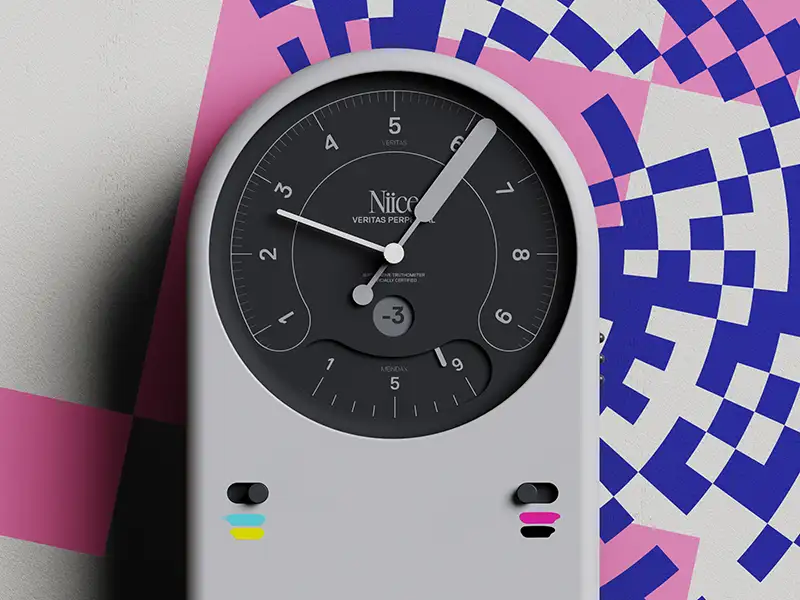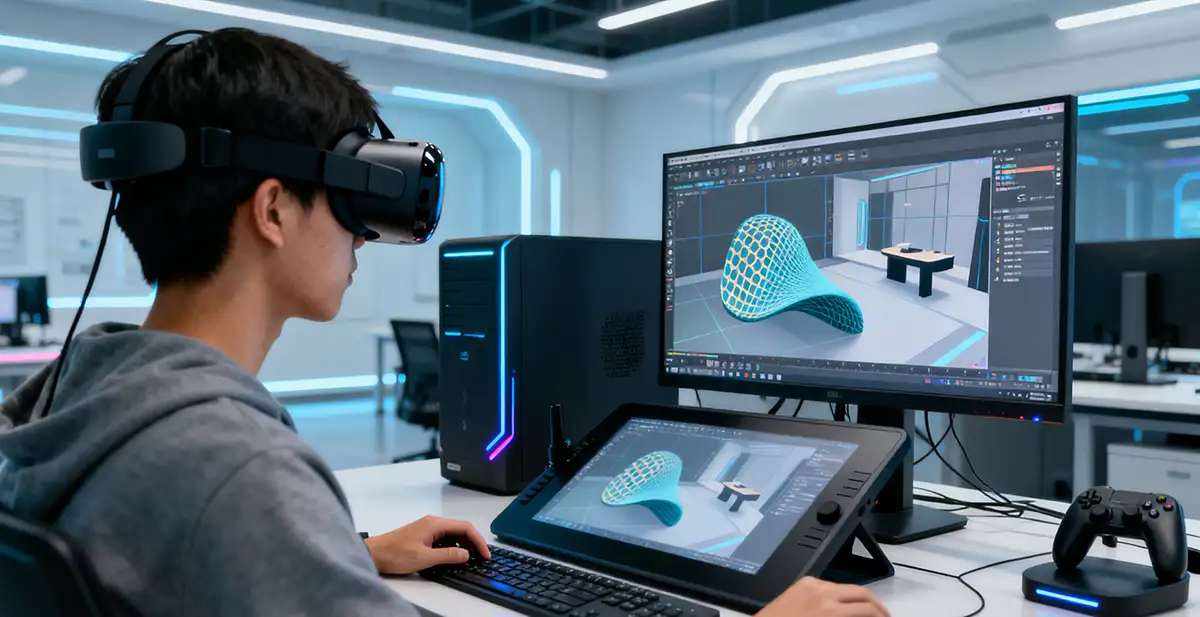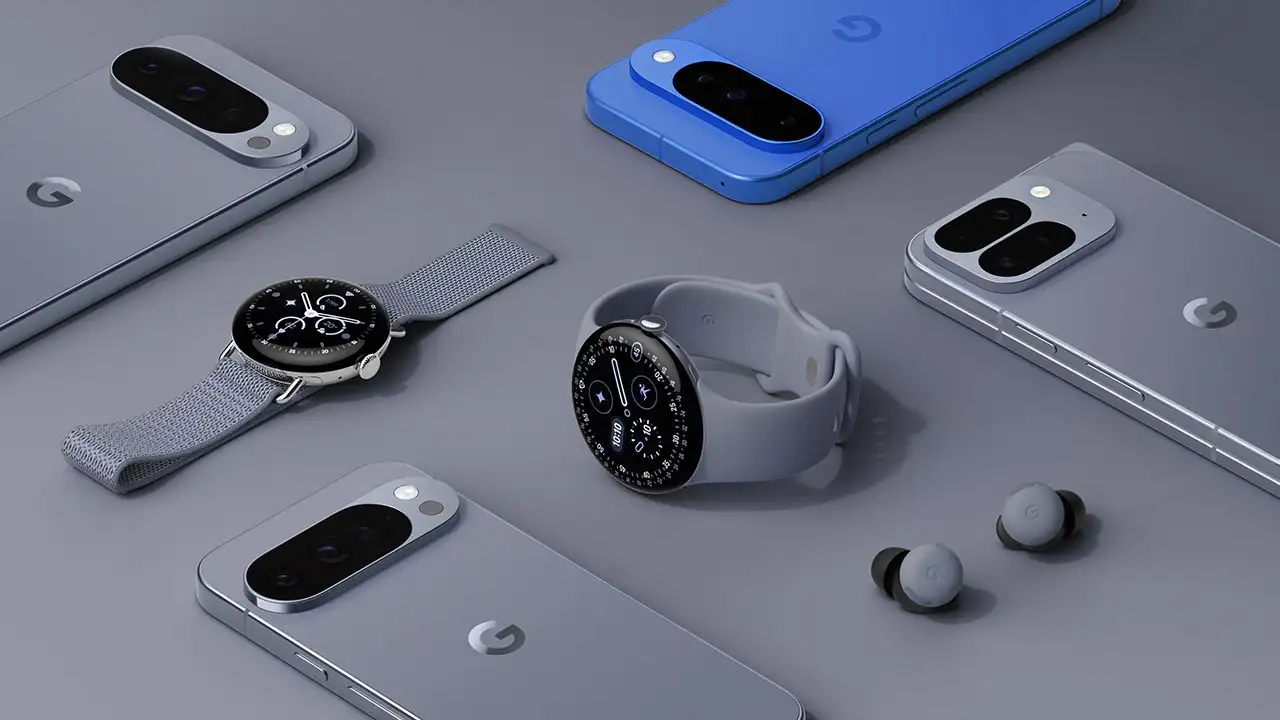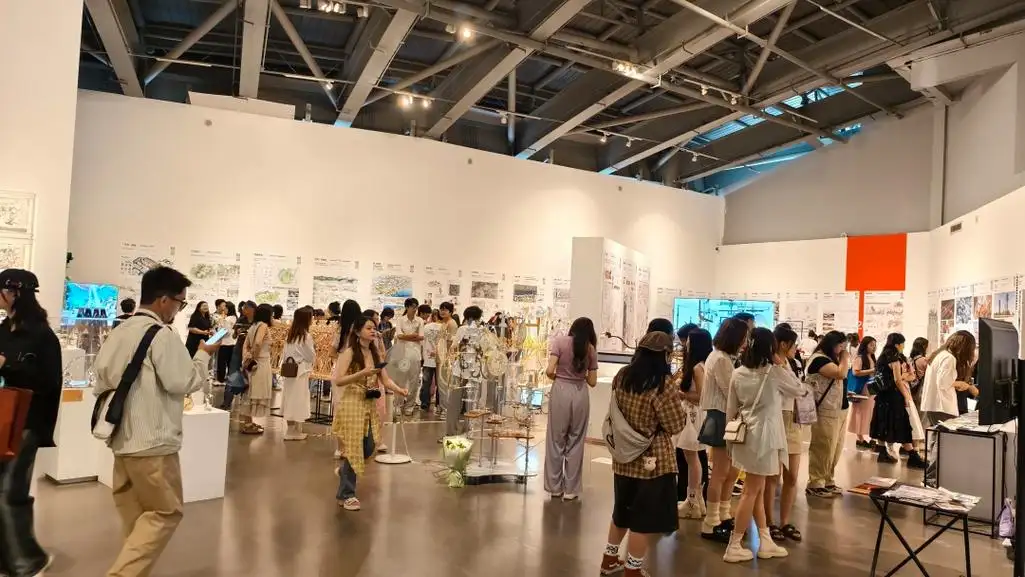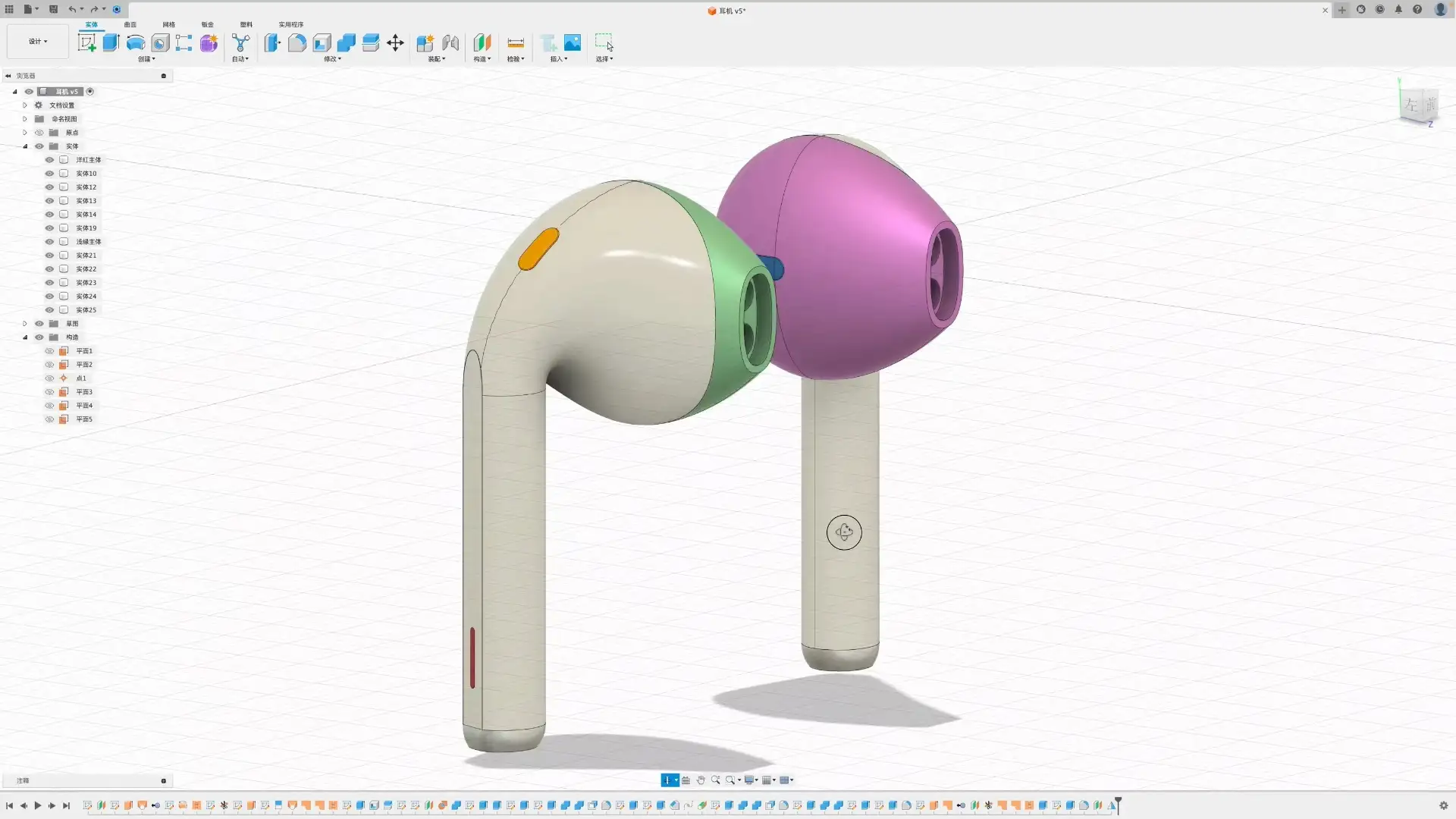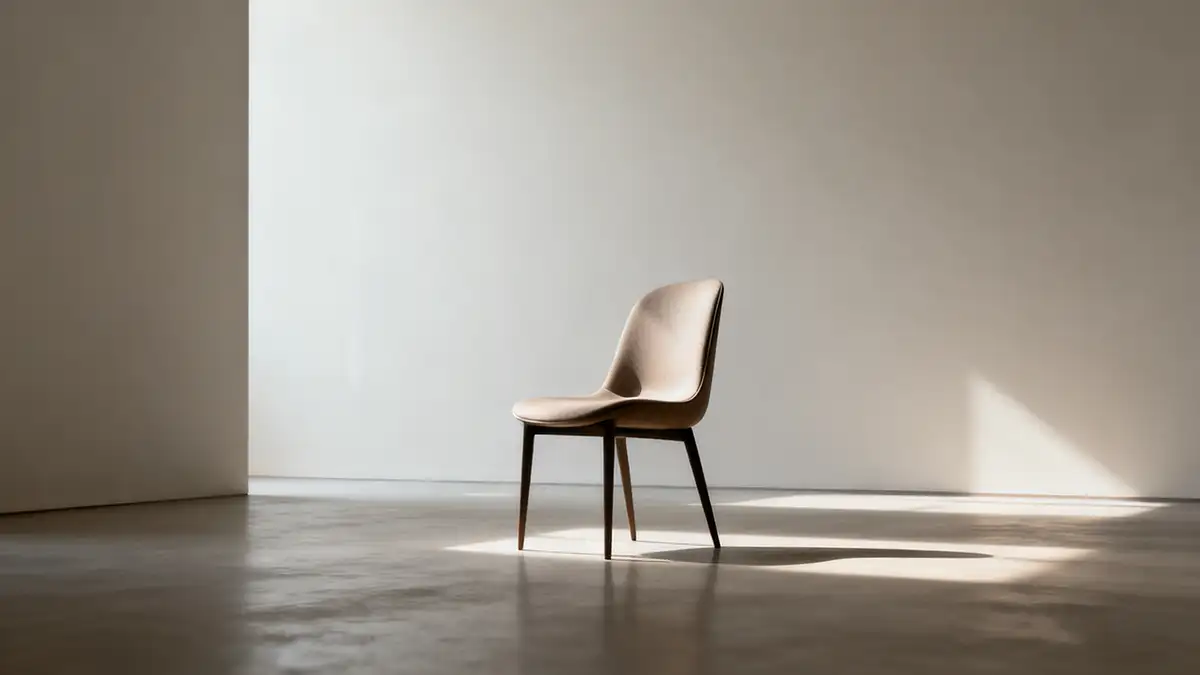NINEIDEA:在工业设计行业“三个臭皮匠顶不过一个诸葛亮”,这主要与行业特性、团队协作效率及个体能力差异密切相关,简单分析下:
工业设计对核心创造力的高依赖
工业设计的本质是创造性解决问题,核心价值在于突破性的创意、精准的需求洞察和独特的设计语言。
- 顶尖设计师的不可替代性:
一个 “诸葛亮” 级别的设计师往往具备跨学科整合能力(如将技术趋势、用户心理、美学潮流融合)、行业前瞻性(预判市场需求)和强大的执行力(从概念到落地的全流程把控)。
例如,苹果首席设计师乔纳森・艾维(Jony Ive)主导设计的 iPhone,其极简交互和颠覆性形态源于个人对 “科技与人文结合” 的深刻理解,这种创造力很难通过普通设计师的简单叠加实现。 - 团队协作的创意稀释风险:
普通设计师组成的团队可能因缺乏主心骨,陷入 “从众思维” 或 “意见分散”。
例如,在头脑风暴中,若成员均缺乏主导性观点,可能反复讨论基础方案,难以跳出常规框架,导致创意平庸化,而顶尖设计师能快速抓住核心矛盾,直接推动创新方向。
工业设计流程的复杂性与决策效率
工业设计从调研、概念到量产,需协调用户研究、工程实现、成本控制、品牌调性等多环节,对决策效率和资源整合能力要求极高。
- 顶尖设计师的全局掌控力:
“诸葛亮” 级设计师能以个人经验快速判断各环节优先级,避免团队陷入细节争论。
例如,在设计一款医疗设备时,顶尖设计师可精准平衡 “人机工程学”(易用性)与 “消毒便利性”(医疗标准),而普通团队可能因知识盲区在非核心问题上反复试错,拖延进度。 - 团队协作的沟通成本:
若 “三个臭皮匠” 缺乏明确分工或沟通机制,可能因信息差导致重复劳动或目标偏离。
例如,外观设计师与结构工程师若缺乏主导者协调,可能出现 “美观但不可量产” 或 “功能优先但缺乏设计感” 的矛盾,而顶尖设计师可凭借权威和经验快速协调资源,推动方案落地。
行业竞争中的 “头部效应”
工业设计领域的市场竞争往往由少数顶尖作品主导,用户和企业更愿意为稀缺性创意买单,而非 “平均水平” 的方案。
- 顶尖设计的商业溢价:
一个爆款设计(如戴森无叶风扇、特斯拉 Cybertruck)能为企业带来巨大品牌价值和市场份额,其商业回报远超普通团队的 “安全型设计”。
例如,博朗(Braun)的 “Less is more” 设计哲学源于迪特・拉姆斯(Dieter Rams)的个人理念,这种风格成为品牌核心竞争力,普通团队难以复制。 - 普通团队的同质化困境:
缺乏领军人物的团队易陷入 “模仿竞品” 或 “拼凑功能” 的套路,难以突破行业现有框架。
例如,在智能音箱设计中,普通团队可能跟风复制圆柱形外观,而顶尖设计师能挖掘用户未被满足的需求(如家居场景的情感交互),创造全新品类。
例外情况:团队协作的价值边界
当然,“三个臭皮匠” 并非完全无优势,在执行型任务或标准化设计中(如常规产品迭代、细节优化),团队协作可通过分工提高效率。
但在创新驱动型项目(如颠覆性产品、行业标杆设计)中,顶尖个体的作用往往不可替代。
关键差异在于:
- “诸葛亮” 解决的是 “从 0 到 1” 的问题(定义需求、创造范式);
- “臭皮匠” 团队更擅长 “从 1 到 N” 的优化(完善细节、降低成本)。
工业设计需要 “诸葛亮”,也需要 “皮匠团队”
工业设计行业的理想状态是顶尖设计师引领方向,团队协作落地执行。
- “诸葛亮” 的角色:定义战略、突破创新、整合资源;
- “皮匠团队” 的角色:细化方案、分工执行、优化细节。
单纯依赖团队或个体均有局限,二者结合才能最大化效率 —— 这也是为何大型设计公司既需要创意总监(“诸葛亮”),也需要跨领域团队(“皮匠”)的原因。
行业竞争的本质是创造力密度的竞争,而顶尖人才的创造力密度往往远超普通团队的简单叠加。
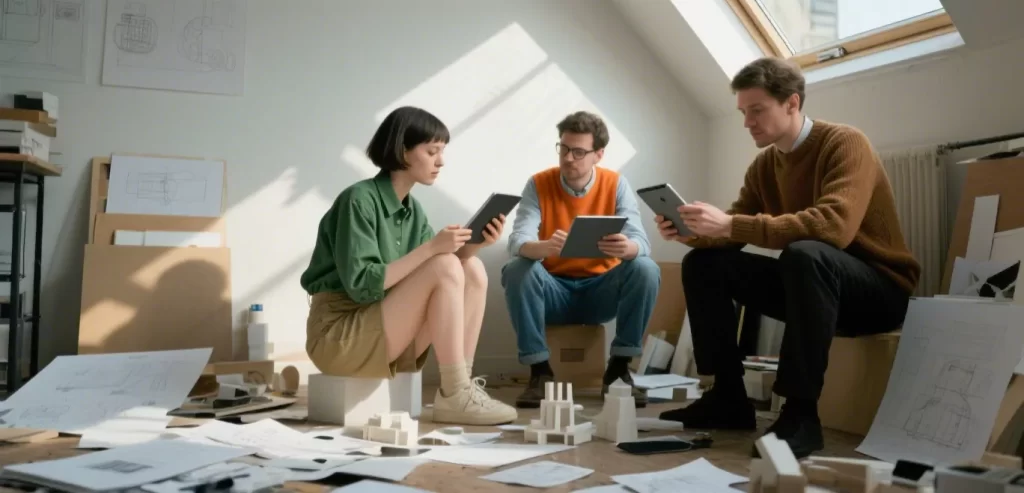
Why can’t three stinky cobblers in the industrial design industry surpass one Zhuge Liang
NINEIDEA: In the industrial design industry, “three cobblers are no better than one Zhuge Liang”, which is closely related to industry characteristics, team collaboration efficiency and individual ability differences. A simple analysis is as follows:
High dependence of industrial design on core creativity
The essence of industrial design is to creatively solve problems, and its core value lies in breakthrough creativity, precise demand insight, and unique design language.
The irreplaceability of top designers:
A designer at the level of Zhuge Liang often possesses interdisciplinary integration abilities (such as integrating technological trends, user psychology, and aesthetic trends), industry foresight (predicting market demand), and strong execution capabilities (controlling the entire process from concept to implementation).
For example, Apple’s chief designer Jony Ive led the design of the iPhone, whose minimalist interaction and disruptive form stem from a deep personal understanding of the combination of technology and humanities. This creativity is difficult to achieve through the simple superposition of ordinary designers.
The risk of creative dilution in team collaboration:
A team composed of ordinary designers may fall into “conformity thinking” or “dispersed opinions” due to a lack of backbone.
For example, in brainstorming, if all members lack a dominant viewpoint, they may repeatedly discuss the basic plan, making it difficult to break out of the conventional framework, resulting in mediocre creativity. However, top designers can quickly grasp the core contradiction and directly promote the direction of innovation.
The Complexity and Decision Efficiency of Industrial Design Process
Industrial design, from research, concept to mass production, requires coordination of multiple aspects such as user research, engineering implementation, cost control, brand tone, etc., with extremely high requirements for decision-making efficiency and resource integration ability.
The overall control of top designers:
Zhuge Liang level designers can quickly determine the priority of each link based on personal experience, avoiding team disputes over details.
For example, when designing a medical device, top designers can accurately balance “ergonomics” (usability) and “disinfection convenience” (medical standards), while ordinary teams may repeatedly try and make mistakes on non core issues due to knowledge blind spots, delaying progress.
The communication cost of team collaboration:
If the “three stinky cobblers” lack clear division of labor or communication mechanisms, it may lead to repeated labor or deviation from goals due to information asymmetry.
For example, if there is a lack of coordination between exterior designers and structural engineers, there may be contradictions between “aesthetics but not mass production” or “functionality first but lacking design sense”. Top designers can quickly coordinate resources and promote the implementation of the plan with authority and experience.
The ‘head effect’ in industry competition
The market competition in the field of industrial design is often dominated by a few top works, and users and companies are more willing to pay for scarce ideas rather than “average level” solutions.
The commercial premium of top-notch design:
A popular design, such as the Dyson bladeless fan or Tesla Cybertruck, can bring huge brand value and market share to a company, with commercial returns far exceeding those of ordinary teams’ “safe designs”.
For example, Braun’s “Less is More” design philosophy originates from Dieter Rams’ personal philosophy, which has become the core competitiveness of the brand and is difficult for ordinary teams to replicate.
The homogenization dilemma of ordinary teams:
Teams lacking leading figures are prone to falling into the trap of “imitating competitors” or “piecing together functions”, making it difficult to break through the existing framework of the industry.
For example, in the design of smart speakers, ordinary teams may follow the trend and replicate the cylindrical appearance, while top designers can explore users’ unmet needs (such as emotional interaction in home scenes) and create new categories.
Exception: Value Boundary of Team Collaboration
Of course, the “three stinky cobblers” are not completely without advantages. In execution tasks or standardized designs (such as regular product iterations and detail optimization), team collaboration can improve efficiency through division of labor.
But in innovation driven projects such as disruptive products and industry benchmark designs, the role of top individuals is often irreplaceable.
The key difference lies in:
Zhuge Liang solved the problem of “from 0 to 1” (defining needs and creating paradigms);
The “Stinky Leather Craftsman” team is better at optimizing from 1 to N (improving details and reducing costs).
Industrial design requires both Zhuge Liang and a team of cobblers
The ideal state of the industrial design industry is for top designers to lead the way and for teams to collaborate and execute effectively.
The role of Zhuge Liang: defining strategy, breaking through innovation, and integrating resources;
The role of the “cobbler team” is to refine the plan, delegate tasks, and optimize details.
Relying solely on teams or individuals has limitations, and the combination of the two can maximize efficiency – this is also why large design companies need both creative directors (“Zhuge Liang”) and cross disciplinary teams (“cobblers”).
The essence of industry competition is the competition of creativity density, and the creativity density of top talents often far exceeds the simple superposition of ordinary teams













